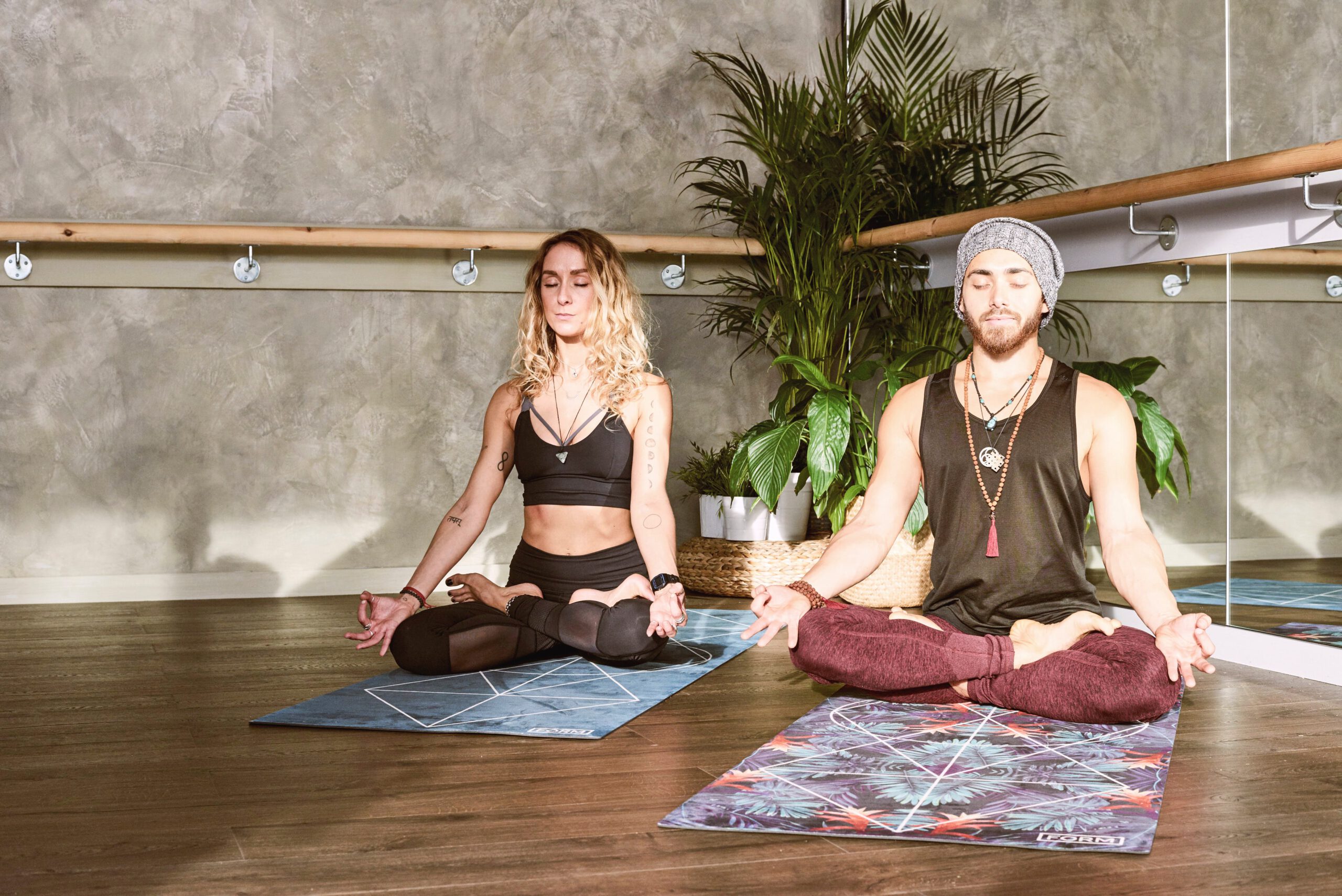What Is Mindfulness-Based Stress Reduction?
Jon Kabat-Zinn was hard at work finishing up his Ph.D. in molecular biology at the Massachusetts Institute of Technology in the early 1970s. At that time, he studied meditation with a number of prominent teachers. Little did he know that a vision in 1979 would change the face of mindfulness across the world. During a two-week meditation retreat, Kabat-Zinn received a vision of his karmic assignment. Subsequently, he embarked on a journey to craft what eventually became mindfulness-based stress reduction (MBSR).
In its most basic form, MBSR meshes meditation and yoga to help reduce stress and mitigate a variety of medical conditions. Goals of MBSR include increased self-awareness, a greater sense of compassion, and a resiliency to what life brings. In this way, it silences negative emotions and thoughts.
Kabat-Zinn explained in an interview how the growth of MBSR came out of efforts to bring his meditation experience into a clinical hospital setting.
Some medical professionals were interested in his various meditative practices. H explained that they wanted to learn how they could help patients grow, learn, and heal on their own. Kabat-Zinn noted a prominent change in patients who practiced MBSR. This was the ability to maintain moment-to-moment awareness—without any sort of self-judgment.
The basis of Kabat-Zinn’s MBSR program is Vipassana meditation. This type of meditation was purportedly used by the Buddha to achieve nirvana—often translated into English as “insight” or “clear awareness.”
MBSR has rapidly grown in popularity since its development by Kabat-Zinn. The Center for Mindfulness at the University of Massachusetts estimates more than 24,000 people have taken advantage of their MBSR program since 1979.
The Building Blocks Of Mindfulness-Based Stress Reduction
MBSR programs focus on bringing a person’s bodily processes into a sense of restored harmony and balance. These processes include blood pressure and heart rate. The combination of meditation and yoga is designed to help reduce pain. It does this by reconnecting the body and mind. This is because the mind plays a large role in a number of stress-related disorders.

A number of scientific studies have pointed to the usefulness of MBSR. Research conducted in 2010 found that patients who underwent an MBSR program experienced reduced anxiety, depression, and self-esteem. The research also suggested MBSR could help regulate emotions in people who suffer from social anxiety disorder.
A review carried out the following year, across 18 studies focused on patients suffering from chronic diseases like cancer, diabetes, and hypertension, found similar results. MBSR therapy improved “the condition of patients suffering from chronic illnesses and [helped] them cope with a wide variety of clinical problems.”
The actual steps of an MBSR course or routine are a bit different for each person. But the actual building blocks are always based on the same foundational principles:
Challenges vs. Chores
Do you understand the difference between eustress and distress? A key aspect of MBSR is to transform a person to see mindfulness as an adventure to be explored. This is starkly different from seeing it as a “chore” or routine to maintain in order to stay healthy. This mindset shift helps people more readily engage in meditation and self-reflection.
Discipline
Effective MBSR programs, especially those run by clinics, often require a formal time commitment of at least several hours per week. Programs often emphasize individual discipline. The idea is to spur people to complete various meditative practices, no matter how little they “feel” like doing the exercises.
Self-care is a vitally important part of any MBSR program. Start with this if you’re interested in tools and tips for self-care that are effective and useful, especially as you embark on the path of mindfulness.

Mindfulness At Work: How To Practice MBSR
You might think the “mindfulness” is simply a specific, homogenous state of mind. In fact, there are a few different ways to emphasize and practice mindfulness, and these will vary from person to person.
Focus
Mindfulness techniques that emphasize focus require you to “look inside” to try and figure out what’s going through your mind. Many people choose to adopt a mantra or stimulus (like breathing in and out). This helps them to stay focused in the present moment, amid work or stress.
Body Scans
The body scan is a tried-and-true mindfulness technique that utilizes the breath. Simply lie down and close your eyes to start. Focus on different areas of the body until you feel relaxed, and make sure to scan every part of your body for the best results.
Object Meditation
During an object meditation, find a particular item that seems special and interesting. Make a careful note about how your senses respond to it. This can be a great tool in the arsenal of mindfulness exercises for groups. As you can imagine, different people can give unique feedback on the size, shape, color, and texture of a particular object while they meditate.

Walking Meditation
Walking is a great form of exercise to reduce anxiety and stress, and is an effective tool as part of an MBSR program. Start by taking a leisurely walk outside, and start to notice how your body is feeling. Try and match the sensations in your feet with your mind as you step, or keep your breaths in coordination with your footsteps.
MBSR: Mindfulness In Plain English
Yoga and its physical movements are an integral part of MBSR, especially since yoga’s proven to enhance comfort and calmness while reducing stress.
Yoga can pull you out of inactivity and a sedentary lifestyle—which is often the root of pain and discomfort.
Overall, MBSR is regarded as a relatively simple and clear pathway towards enhancing mindfulness.
When added to existing treatment, MBSR has been shown to enhance the results of medical or physiological remedies for a variety of ailments. These include fatigue, depression, asthma, PTSD, and issues with sleep.
Many who practice MBSR report increased self-esteem, greater levels of energy, a reduction in pain or stress, and a greater sense of joy from the simple pleasures of life.








